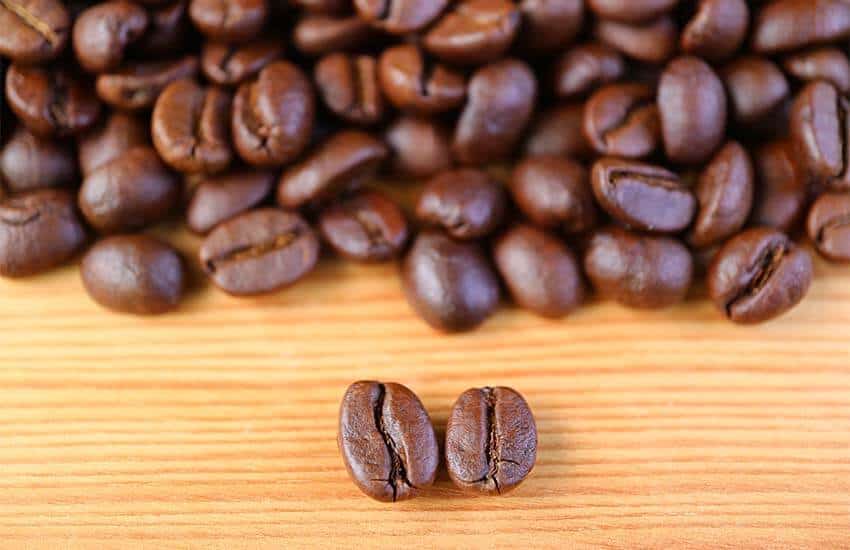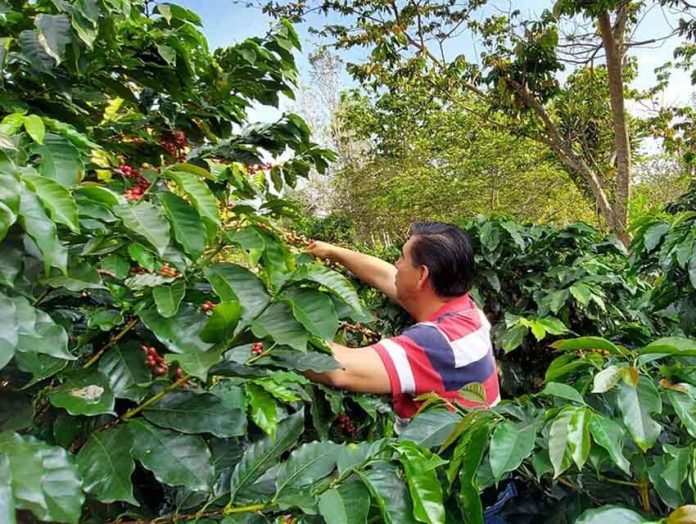Unfortunately, despite being the second largest producer of coffee in Mexico after Chiapas, Veracruz’s coffee reputation is highly linked to low-quality beans used for instant coffee, in particular the ubiquitous Nescafé brand.
But Veracruz is where coffee got its start in mainland America. Coffee plants arrived at the port of Veracruz in the 18th century, with the first plantings near Córdoba. From there, coffee made its way to other parts of Mexico and South America.
By the end of the 19th century, Veracruz was producing three-fourths of Mexico’s coffee. The Mexican Revolution, land redistribution in the 1930s and other economic activities such as oil has since pushed this percentage down. Today, Veracruz accounts for only 24% of Mexico’s coffee production.
Veracruz has 10 regions north to south that can grow the bean, and it is still a vital cash crop in 842 communities in 82 municipalities. By far, most are very small producers with small plots who feverishly try to get as much coffee out of them as possible to survive.

Unfortunately, a lot of that production is of the low-quality robusta bean for mainstream commercial coffees. Robusta is relatively easy to grow and has ready customers, even if they pay very little.
However, Veracruz has areas suited for the growing of quality and even superb coffees. Varying between 700 and 1,400 meters in altitude, the region, marked off by the cities of Xalapa, Córdoba and Orizaba, is prime coffee country.
This area not only has the climate that arabica beans need but also volcanic soils that impart an intense aroma and full body along with spice notes.
It is not easy to get the farmers of this region to take full advantage of what Mother Nature has to offer. Daniel Cobilt of Finca Cañada Fría admits that many are afraid of the risks of venturing into high-quality and specialty beans. Serious work is needed at the learning and growing end, and there is no guarantee that the final crop will be ranked as “specialty” or gourmet quality after harvesting. Experience tempers this, but weather issues are always a risk.

Despite this, fincas (farms) such as Cañada Fría, El Suspiro, Kassandra, Arriaga and more have won national and international awards, opening doors to markets willing to pay much more. This can and should be essential, Cobilt says, because small plots really cannot compete with large plantations on price — nor should they, he says, as such farms destroy the environment.
The other way to make the most out of small farms is agricultural and ecotourism, but this is in its infancy here. The good thing is that the area is mostly free of kitschy zip-line attractions and the like, but almost all the coffee tourism here steers visitors to Córdoba, Coatepec, Orizaba and Xalapa.
There is a Coffee Route (Ruta de Café), but it is not like others, such as the Ruta de Chocolate in Tabasco. There, you can drive along a marked road and find signs advertising farms with restaurants, stores selling chocolate and even short demonstrations of how chocolate is grown and processed. There is nothing like this in northern Veracruz.
To do more than just sit at a cafe in one of the cities on the route requires a little research and planning. The Museo de Café in Córdoba — a collaborative effort sponsored in part by Mexico’s main agricultural college, the University of Chapingo — gives a quick overview of coffee in Mexico and Veracruz, along with a coffee tasting.

However, visits right now are via guided tours given by only one professional, Patricia Ponce. To take advantage of this, you need to go to the museum and find out when the next tour is. At any time, you can go in and buy coffees from the region. The museum has a special line of Café de Autor (signature coffees), labeled with the producer’s name — usually individual farm owners unable to market the finished product. Unfortunately, these coffees are not available for purchase online.
A few fincas and entrepreneurs have their own tours, which must be arranged before you come to the area. This has always been the case, but farms are even more strict lately, as many here are still very fearful of COVID despite the fact that mask-wearing has become optional in most places.
Your best bet for finding a farm tour is with El Café-tal, which has its main facilities in El Grande near Coatepec. It has stores in in Xalapa and Coatepec. Tours of its facilities, including a museum, are by appointment only.
Other tours, also by appointment, include those run by Finca Arriaga, Finca Don Silvano and Finca San Felipe. Cafe de Mi Rancho runs its tours out of Córdoba.

It is mostly the same story with online sales. Fincas do ship all over Mexico, but almost always to other cafes and specialty stores. El Café-tal is the only site set up to sell to individuals. Many have Facebook pages, but they assume customers will call to find out everything they need to know.
There is no lack of good cafes in the towns on the coffee route: Coatepec, in particular, is full of them. But one off the beaten track is well worth the visit: Finca Cañada Fria opened what they call a “specialty bar” to demonstrate the extraordinary coffee they produce, and how it should be prepared. It is located in a town called Huatusco, a municipality surrounded by coffee farms but unknown to tourism. However, you can find the cafe easily on Google Maps.
One last piece of advice: if you drive on the main highway into Orizaba and Córdoba, keep an eye out for people selling “galletas de café” on the side of the road. Yes, you have to come to a screeching halt, but I swear the cookies are worth it.
Leigh Thelmadatter arrived in Mexico 18 years ago and fell in love with the land and the culture in particular its handcrafts and art. She is the author of Mexican Cartonería: Paper, Paste and Fiesta (Schiffer 2019). Her culture column appears regularly on Mexico News Daily.
